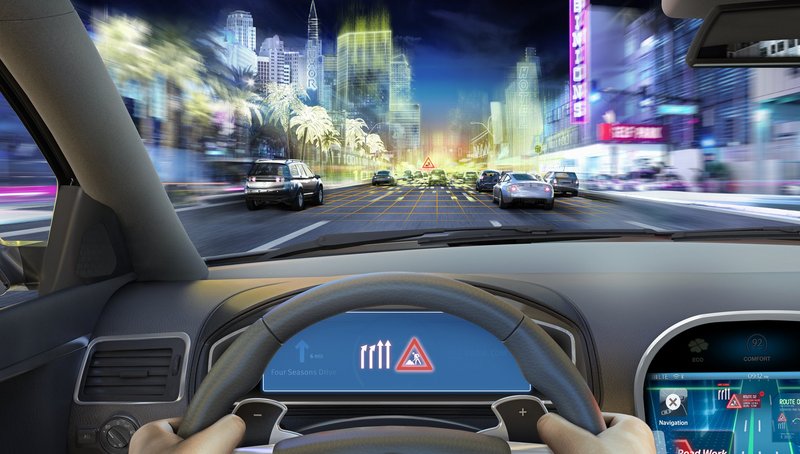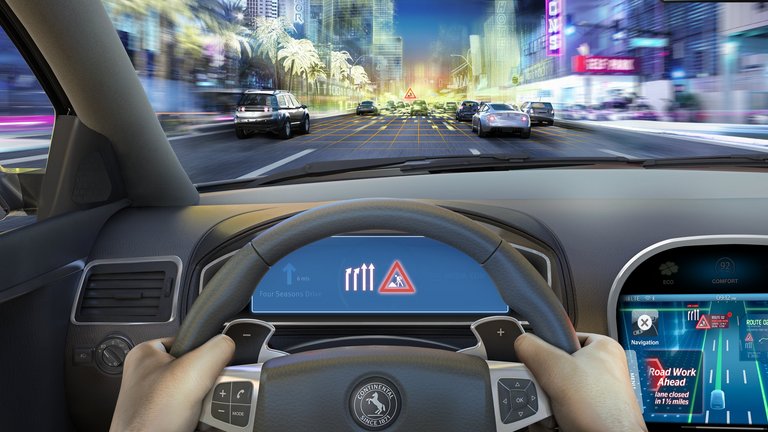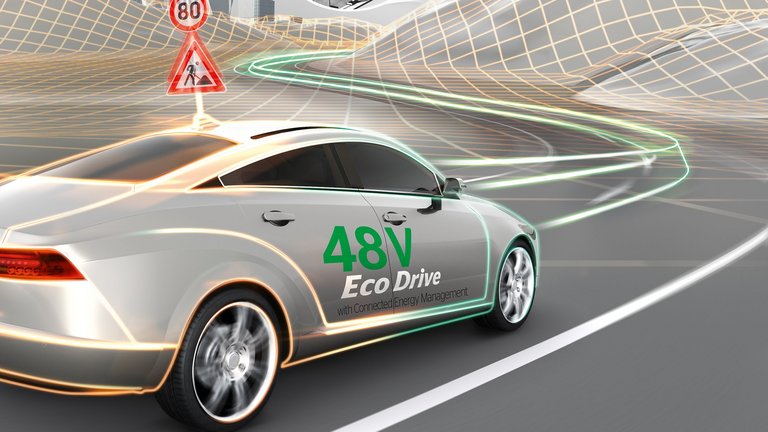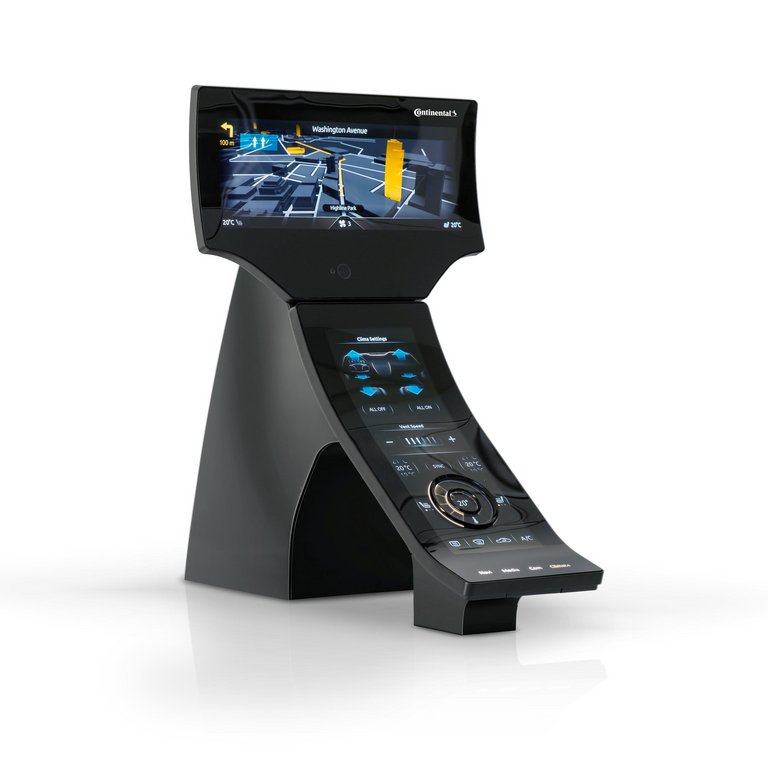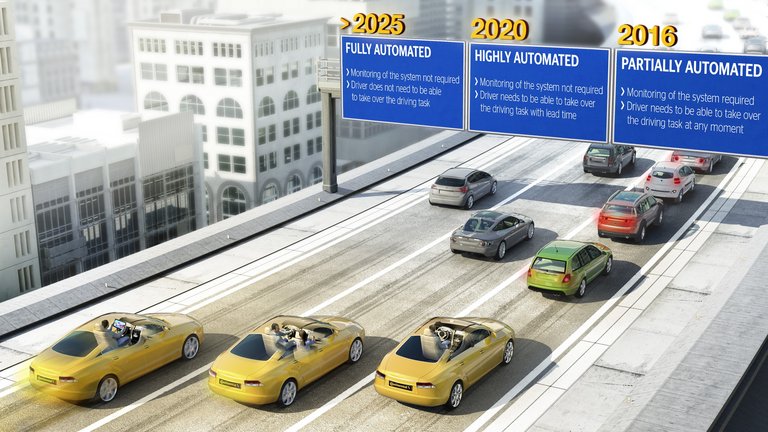Continental to Present Connected Systems for Automated Driving at the IZB
- Road Database adds valuable information to traffic data in real time to ensure even more safety, comfort, and efficiency
- Vehicles communicate wirelessly with data centers
- connected Energy Management lowers fuel and energy consumption preemptively
Hanover/Wolfsburg, October 14, 2016. How can valuable information for the individual road user be gleaned from huge mountains of data? The answer to this will be given by the international technology company Continental at the IZB from October 18 to 20 in Wolfsburg (hall 1, booth 1302). The focus is on, among other things, the Road Database which, in combination with other vehicle systems, is a basic element of intelligent mobility and the more advanced levels of automated driving. "We want to show our customers how we can work together to implement the vision of accident-free driving, step by step, and also create considerable added value for individual mobility such as logistics while we are on the road to achieving this goal," says Continental manager Sven-Uwe Niemann of the goals of this trade fair appearance.
"Even for experienced professionals in the automotive business, it is not always easy to show them how discernible benefits for the end user can be gained from Cloud and Big Data. But with Road Database, there are no such doubts: It collects from the numerous in-vehicle sensors just the information that can be added to high-resolution, digital road maps – for anticipatory, comfortable, and safe driving,” says Niemann.
Road Database utilizes the benefits of data sharing
Road Database, a product out of the Continental eHorizon family, is designed either to complement or act as an alternative to conventional digital road maps. It achieves its full strength in combination with eHorizon and advanced driver assistance systems. "We use a principle that has proven its value on the internet here: the more users provide information, the better the picture is for everyone. Applied to the Continental Road Database, this means that the more vehicles and manufacturers that use the system, the more accurate and up-to-date the information provided about the road course, state of the road, traffic jams, or obstacles. The result is a classic win-win situation for everyone involved," says Niemann.
Road Database uses the modern vehicle sensors such as optical cameras, radar, and increasingly lidar, which continuously record a vast amount of the information required. In the future, further information on the condition of road will be added from other electronic control units – for example, the electronic brake system. The route data obtained in this way is checked by the on-board computer and compared with information about the route that has already been saved. This creates a digital image of the road and its attributes, which is wirelessly transmitted in anonymous format to the Continental data center. This center thus receives traffic images from numerous vehicles and uses them to create an overall picture, which is then sent back individually to connected vehicles.
Future advanced driver assistance systems will build specifically on this very precise road information. They will cover a lot more than just road geometry and lane keeping and departure functions. Changing speed restrictions, temporary road works, or vehicles that have broken down will also be covered. In this way, individual travel routes and energy consumption can be optimized considerably. This is just as important for combustion engines as it is for vehicles with a hybrid or pure electric drive.
Connected Energy Management for even more efficient hybrid drives
Continental’s connected Energy Management (cEM) system, which will be showcased at the IZB too, also uses the digital road information. This expands the gliding and recuperation phases in hybrid drives in which the combustion engine is switched off and disconnected from the drive train. cEM informs the driver when it makes sense to decelerate, e.g. in the event of speed limits. The vehicle then automatically adjusts its speed to the upcoming limit. Combined with automated driving functions, cEM will not only allow drivers to drive more comfortably, but also even more efficiently.
New interior design provides a basis for future human–machine dialog
A curved center console system will also be shown at the IZB. This is a sign that Continental is playing a pioneering role in the interior design for the connected car of the future. The system combines two 12.3-inch AMOLED touch displays with an active haptic feedback signal, pressure measurement, and integrated gesture recognition. These are all elements that will play a key role also in human–machine dialog during automated driving.
